Running Tough: An Interview with Evan Perperis on His New Book "Run If You Can, Destroy If You Must"
MudGear recently had the chance to catch up with OCR athlete, endurance champion, and Special Forces veteran, Evan Perperis, to dig into his latest release, Run If You Can, Destroy If You Must. Evan's newest mission? Equipping you with the know-how to stay safe out in the wild while doing what you love, whether that’s running, hiking, or rucking. In his no-nonsense guide, Evan mixes real-world survival skills with personal stories, tough lessons, and tactical wisdom built over years of combat and OCR experience.
In this Q&A, Evan shares insights into personal safety, mental toughness, and even a few tips for OCR competitors.
MudGear: Congratulations on your new book, Run If You Can, Destroy If You Must. In your book, you address a crucial concern for many outdoor enthusiasts: personal safety while running, walking, or hiking. You highlight that safety is often taken for granted and emphasize the importance of preparation to handle dangerous situations. You also share a lot of personal experiences from both your military career and your OCR journey. Was there a specific event or moment during these experiences that inspired you to write this book?
Evan: There wasn’t any specific moment that spurred me to write the book, it was just 20 years of running experience looking back at decisions I’ve made and thinking that could have turned out really bad. Whether lucky or blessed, I saw it as an opportunity to have others learn from my mistakes. The ultimate goal is to make good people more dangerous so criminals have a harder time.

MudGear: You emphasize situational awareness and self-defense in outdoor environments. What are some common misconceptions about safety on the trails?
Evan: A lot of people simply outsource their safety. Instead of thinking through and planning what they are going to do if something bad happens they just bury their head in the sand and hope that nothing will happen. Hope isn’t an effective strategy to counteract problems. Also, many people default to things like “my dog will protect me”, but trained attack dogs go through months of training and haven’t been conditioned to be nice to everyone like you have probably done with your dog. Others assume their self-defense keychain is the solution but have done zero training to effectively deploy that keychain.
Most attacks are ambushes, which means they happen at extreme close range while under pressure. You either need to avoid those situations all together through good decisions beforehand or be comfortable operating in that “hugging” range.
MudGear: Mental toughness plays a huge role in your book. How did your military and endurance training shape your approach to mental resilience?
Evan: I use a lot of examples from both running and from military deployments overseas. A lot of times the running examples will connect better with the reader because they have had similar experiences. The military examples tend to highlight real threats better because they were more dangerous.
Although you can quit in a race, you can’t quit in combat. You can’t be like, “can we do this firefight tomorrow, I didn’t sleep well last night and spent too much time in the gym yesterday”. Quitting isn’t an option. Plenty of people have fought off attackers with no training and if you want to do the same, having the will to fight back is crucial. This mental aspect is a huge emphasis of the book.

MudGear: Your book incorporates Tiga Tactics. Can you explain how that fits into your training advice?
Evan: I found Tiga Tactics when looking for some additional online training focused on self-protection. After taking one of their courses, interviewing them for my podcast Strength & Speed and getting to meet them in person, I’ve teamed up with them for several different endeavors. This includes hosting the Tiga Tactics podcast, joining them as an instructor for seminars and writing articles for them.
The base of the program uses Tiga Tactics methodology. The framework and concepts you’ll learn in the books are all based on what they teach, which was created by looking at security camera footage of real attacks. Martial arts 20+ years ago was operating off the assumption on how they think attackers would attack and from sparring with other trained martial artists. We no longer have to guess how bad guys attack, because we have the videos, and it is a lot simpler than what most martial arts gyms train for.

MudGear: Are these self-defense strategies accessible to people of all fitness levels?
Evan: Athleticism is always a factor but no, you don’t need to be athletic to make things effective. Men and women of all ages, shapes and sizes train with us. Most of preventing conflict actually occurs before the conflict, so books and online courses are actually a great way to work on those soft skills.
The actual strikes taught in the course are simple but effective. Tiga Tactics owners, Dr. Conrad Bui and Patrick Vuong, have more than a dozen black belts in martial arts between the two of them. They distilled all that knowledge into 4x basic strikes that are effective and what they would use if faced with a violent attack.
A lot of integration simply comes down to building healthy habits. The book goes through these habits from everything including choosing what to wear, choosing a run route, informing others of your plan, what to do when departing/returning from a run and identifying pre-attack indicators just to name a few. It’s like driving a car, you don’t think about your airbag, seatbelts, spare time, phone to call for help, working headlights and crash tested car every time you drive but those things affect your safety. Having that car safety plan in place, that you mentally have a plan for in the event of an emergency allows your mind to focus on driving instead of all the “what ifs”.
As the conversation continued, we shifted from Evan’s books and experiences as an author to the raw mindset and physical endurance it takes to compete in the world’s most challenging OCR events. Known for his mental toughness and relentless drive, Evan’s approach is rooted in an unwavering commitment to finish what he starts, honed by his military background and nearly 20 years of pushing his own limits. From 24-hour OCRs to multi-day charity challenges, Evan shared insights into the strategies that keep him focused and successful.
MudGear: You've pushed through some grueling endurance events, from 24-hour races to multi-day marathons. What mental strategies keep you going when your body wants to quit?
Evan: It is actually really simple in concept, just harder for some people to apply in practice. I just don’t view it as an option. Once I step across the start line I have three choices; speed up, slow down or maintain the same pace. That’s it. I don’t talk about not quitting because it simply isn’t on the table.
The same way I don’t go into work in the morning and tell my boss I didn’t key his car this morning. If I came into work saying that he would say “were you thinking of keying my car this morning?” Doing something terrible like that to my boss, just like quitting mid-race, isn’t an option so I don’t think about it, I don’t discuss and I don’t do it.
Mental strength is just like any other muscle. If you don’t stress it, it won’t adapt. I’ve been doing things that have been successively harder for almost 20 years. It started as simply running longer, then doing things like Ironman triathlons and then pushing the limits on OCR. Add in military training and combat experiences, where quitting is simply not an option and it compounds the effect. When you keep doing things right on the outer edge of what you think is possible, that limit keeps getting farther away. My book “On Endurance” condenses these lessons along with input from 150+ podcast guests on pushing those limits.
MudGear: What’s been your toughest OCR challenge, and how did you push through?
Evan: The 48 hour Endurance was probably the worst, I was suffering pretty bad as a heat casualty from the weather. I tell that story in my book "Ultra-OCR Man: From Special Forces Soldier to Record Setting OCR Athlete”.
A close 2nd is the 8 day, 8 venue, 200 mile OCR America 2, done in winter that required traveling across the country running successive OCR marathons at different venues. This was chronicled in my 24 minute professionally produced documentary by Bobby Ross “Ultra-OCR Man”. He’s the same guy that made this 10 minute free mini-documentary OCR Everest, climbing the height of Mount Everest at Tough Mudder New England.
For both I had to be flexible and adjust my goals on the fly. What success looks like going into an event isn’t always the same as coming out of the event. Weather, injuries, other competitors, how you are feeling that day and obstacles all play a factor. It is part of the importance of having tiered goals, which is covered in most of my books including The Ultra-OCR Bible, the only book on preparing and racing endurance OCR.

MudGear: What does a typical training week look like for you? How do you avoid injuries with such intense schedules?
Evan: During my normal OCR training phase my schedule has me running 5x a week and doing strength/obstacle specific work 2-3x a week. Most runs are done at an easy conversational pace just building volume and increasing aerobic capacity with one long run on the weekend. If I’m preparing for a shorter race I would ideally add in a VO2max workout (short intervals) and a Lactate Threshold workout (long intervals each week).
The strength/OCR specific training is usually just doing obstacles to build skill or going and lifting weights. Except when I lift I’ll use things like Fat Gripz and rig grip holds on pulley machines to make the strength training more specific. It allows it to fit better into the model of specific, progressive and enjoyable that I outline in my book “The New Strength & Speed’s Guide to Elite OCR”.
I credit being largely injury free to two things. The first is variety in movement. I’ve trained marathon running, triathlon, powerlifting and natural bodybuilding before I got into OCR. The second is I take an off-season every year. Usually between World’s Toughest Mudder and January 1st I don’t run at all. Zero miles. This allows nagging injuries to heal and preps my body for the 10 month grind that follows.
I’m nearing the end of my racing career after 100x+ OCR podiums, so I’ve eased up on the volume and OCR specific work. These days I tend to run 4-5x a week but at shorter distances and use martial arts (Brazilian Jiu Jitsu and Muay Thai) for additional full body training. I’ll squeeze in OCR specific work as needed but after a decade I’ve built up enough skill that I accept risk when I enter races nowadays. Add in a transition, retiring from the US Army and becoming a student again at the Greek Orthodox seminary Holy Cross in Brookline, Massachusetts, I don’t quite have as much time as I used to. You’ll still catch me at some events though, just not as much as I used to race.
Evan Perperis’ Run If You Can, Destroy If You Must is a game-changing resource for outdoor enthusiasts who want to be prepared and stay safe while pushing their limits. With tips drawn from years of OCR experience and a tactical edge from his military background, it’s a must-read for anyone who wants to embrace the outdoors with confidence. Grab your copy here and get ready to become as tough as the trails you take on!




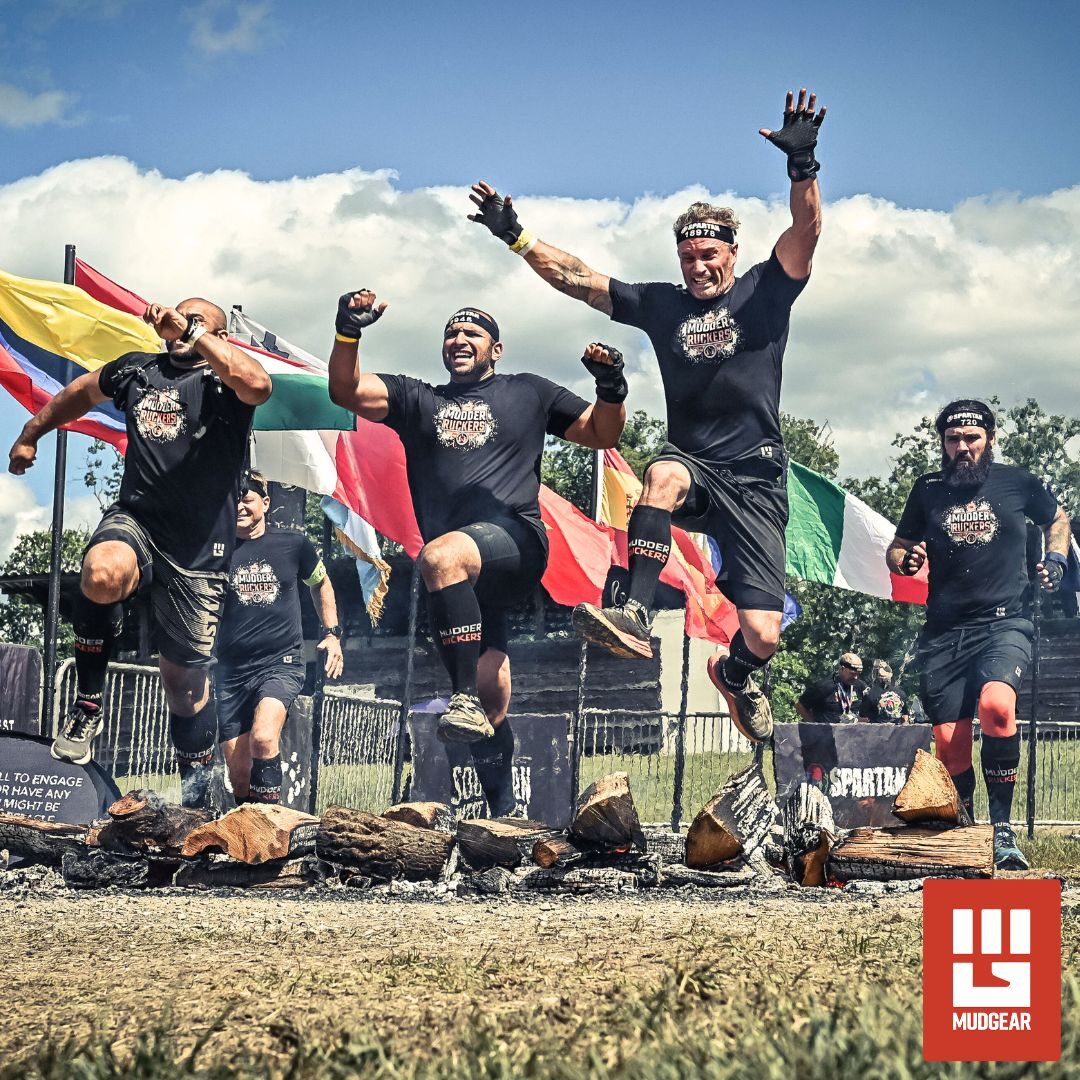
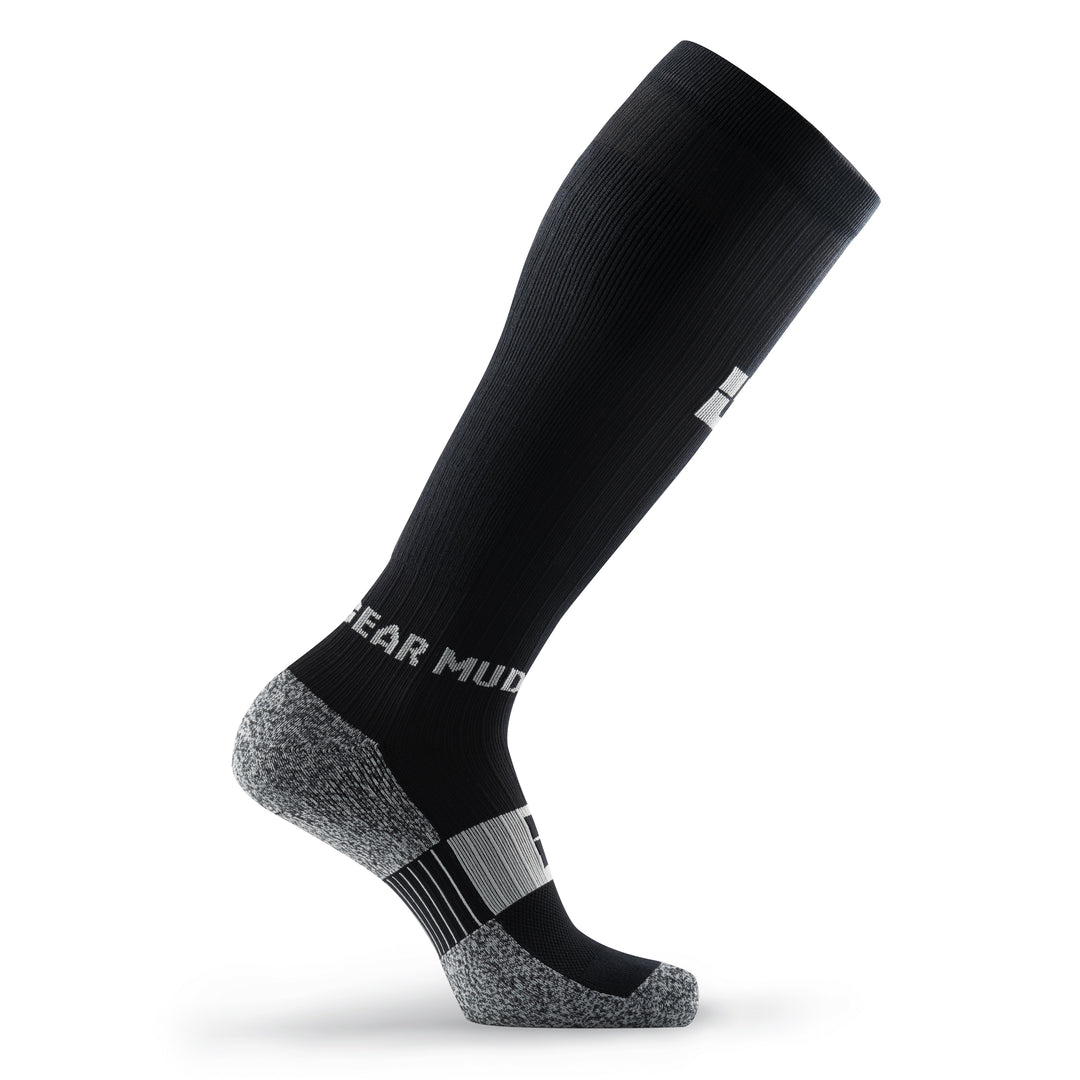
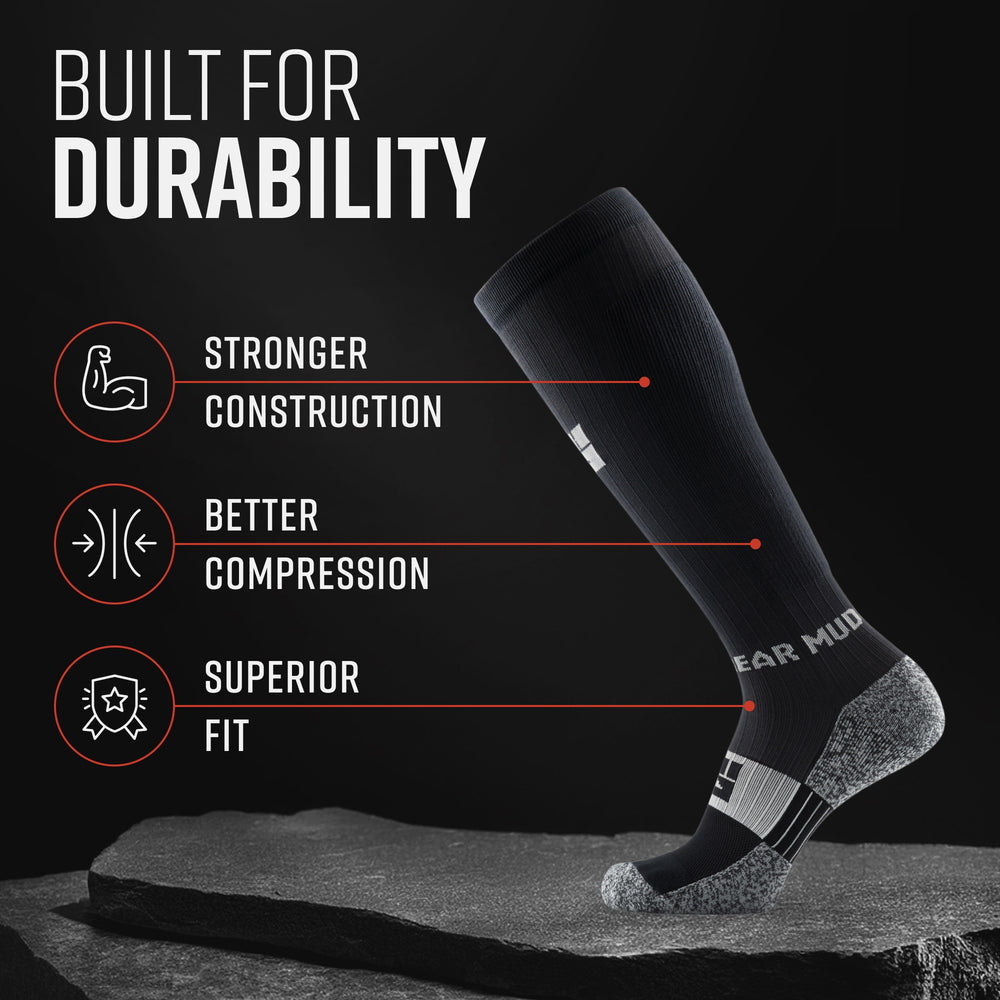
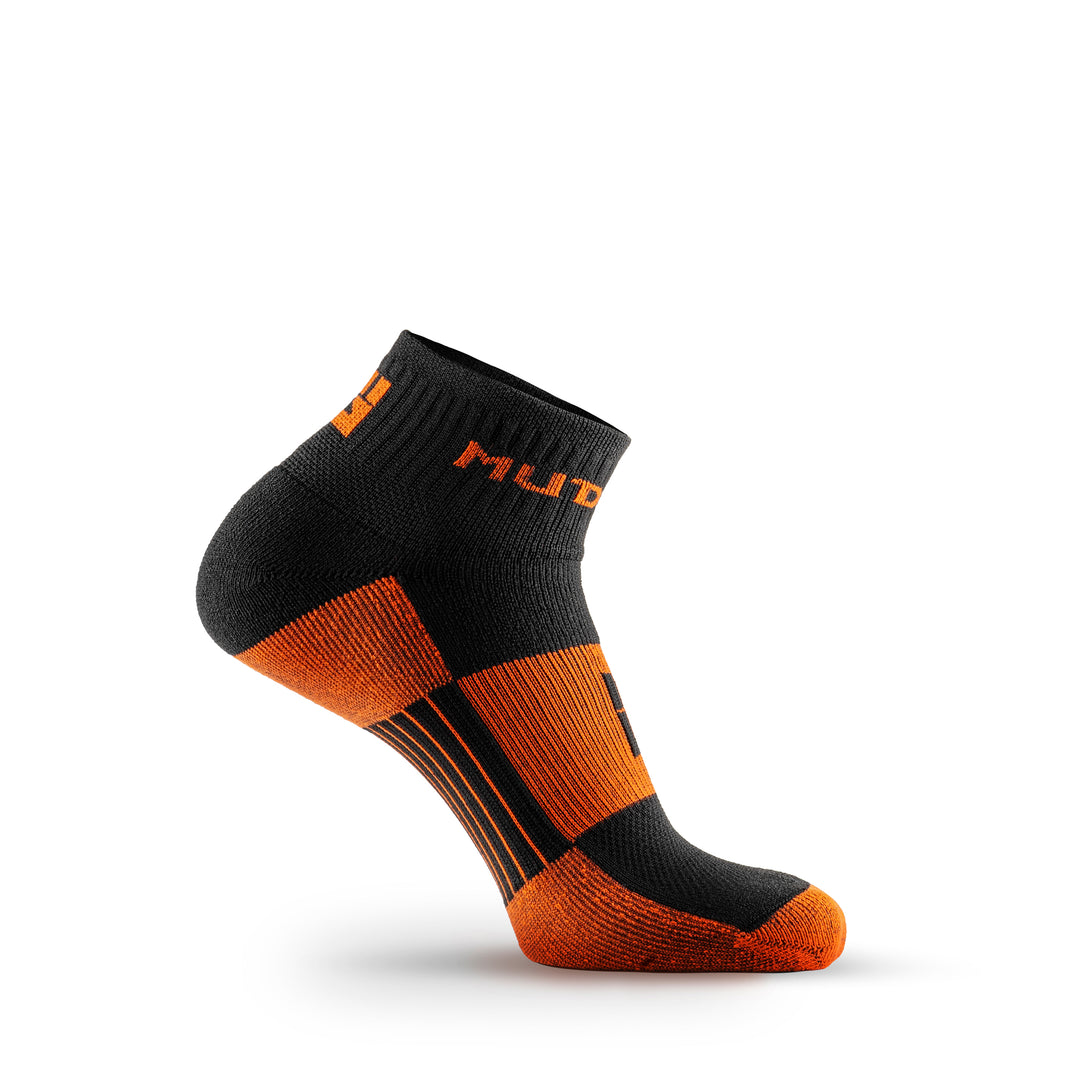
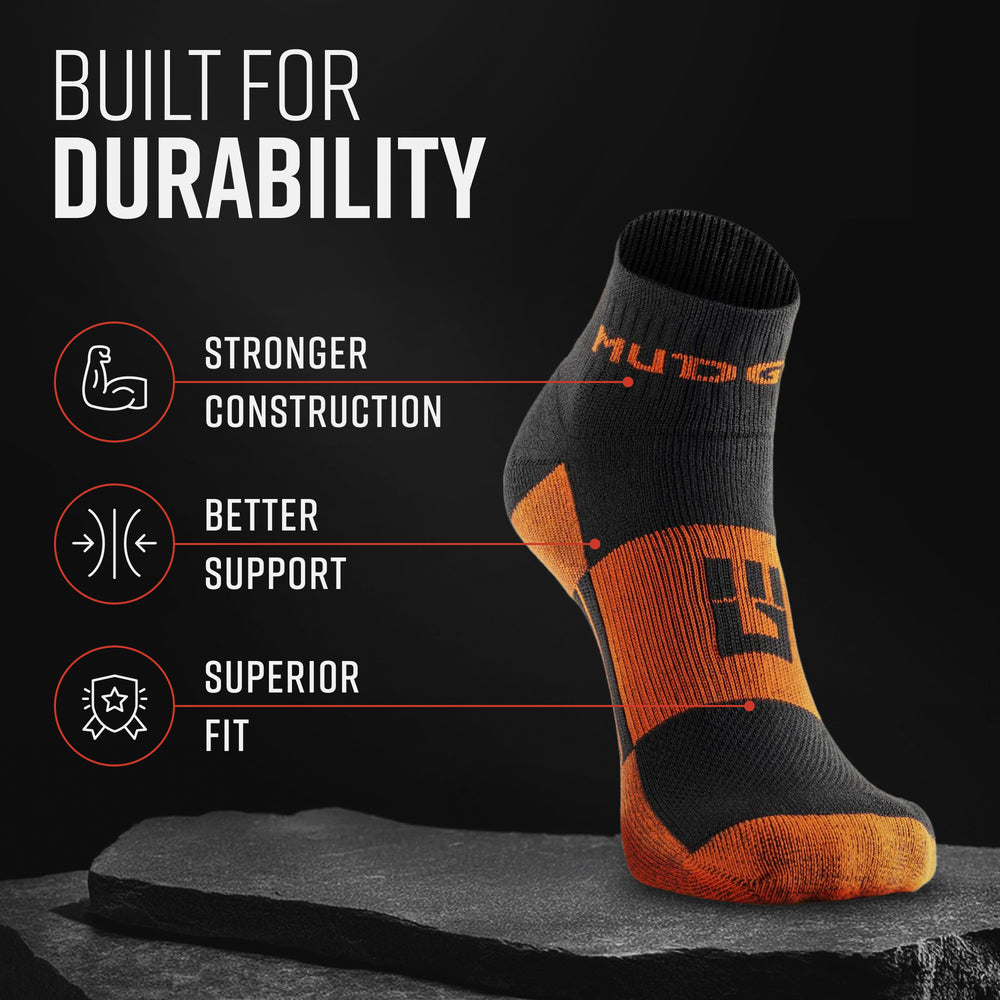


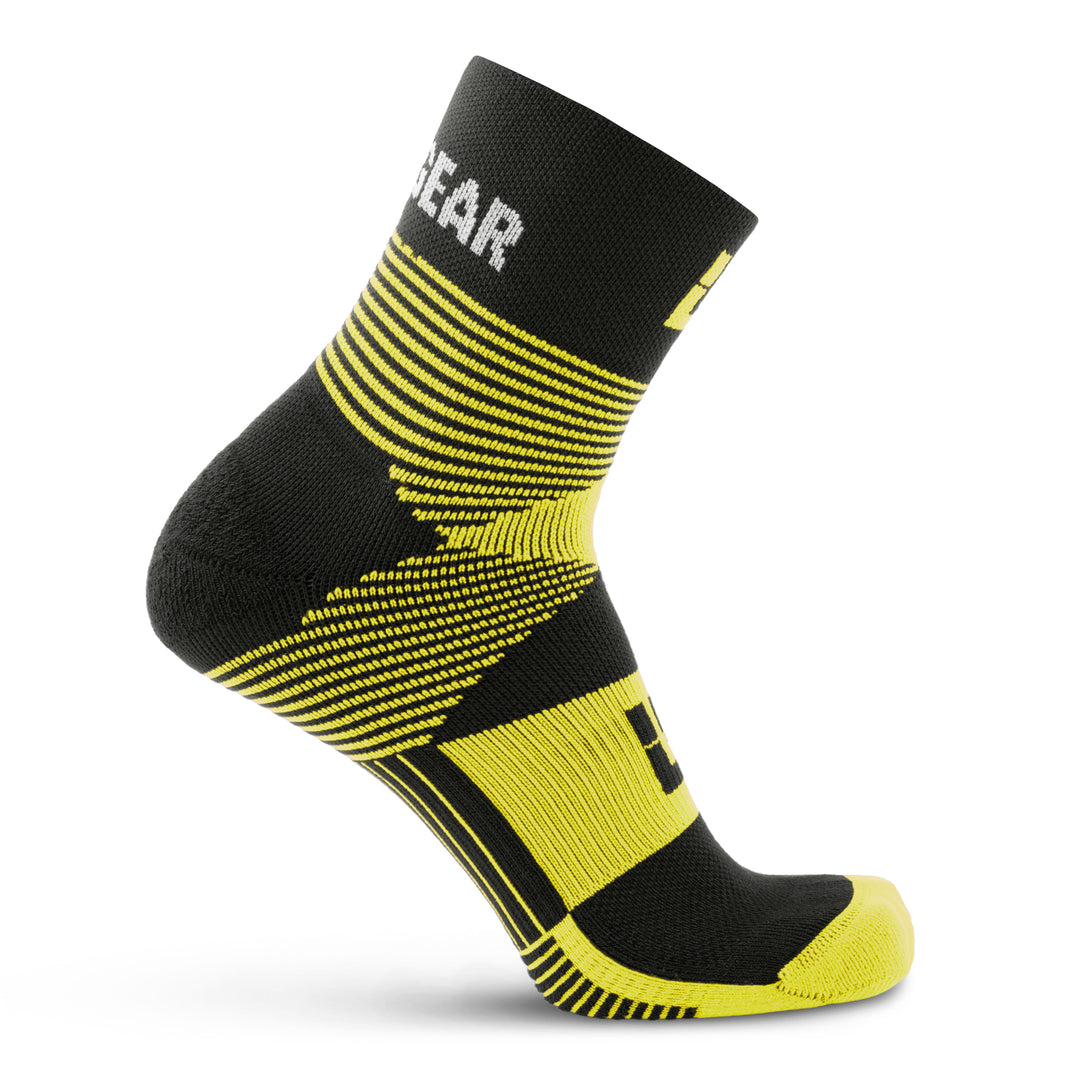


Leave a comment